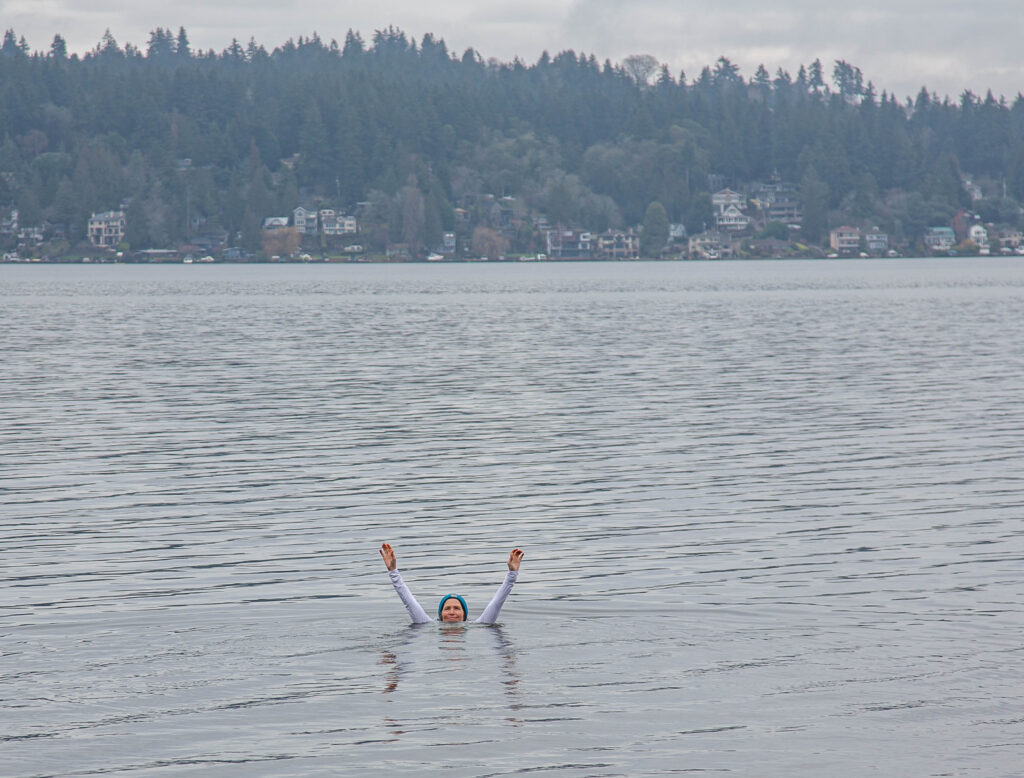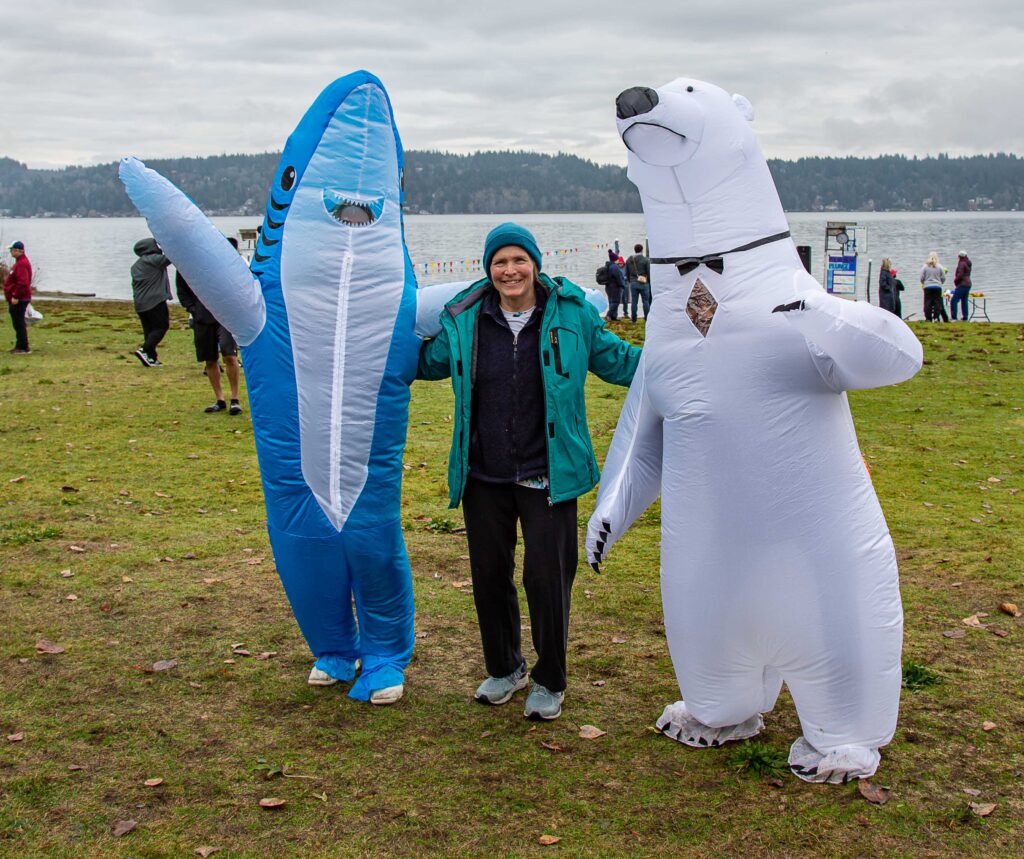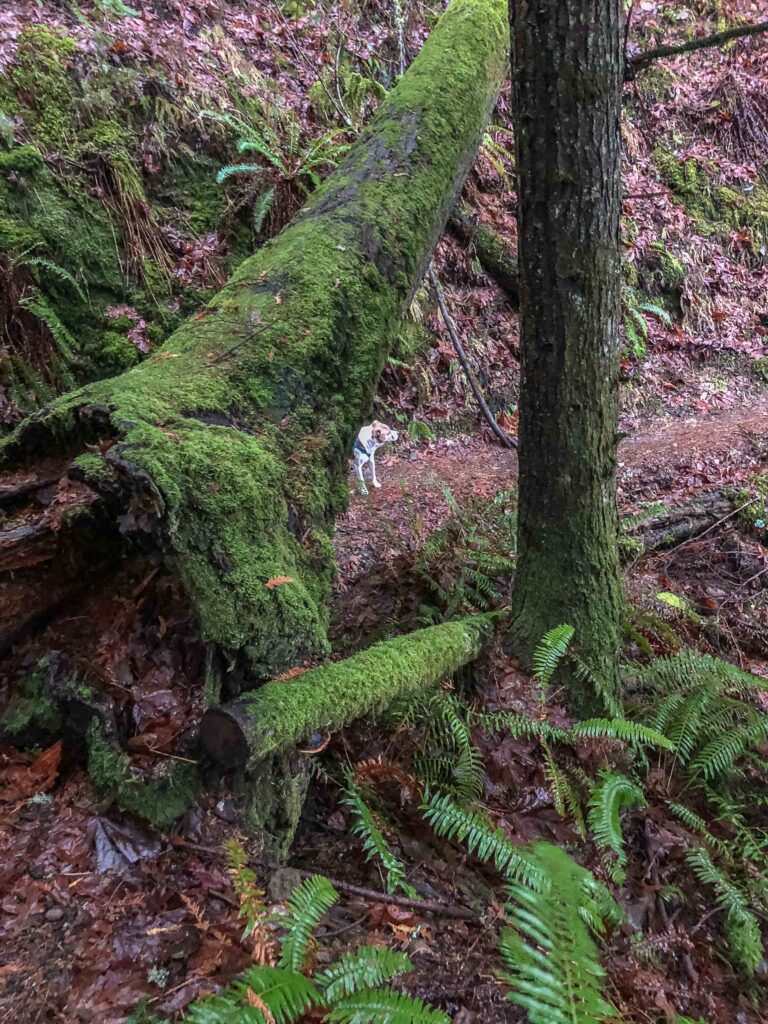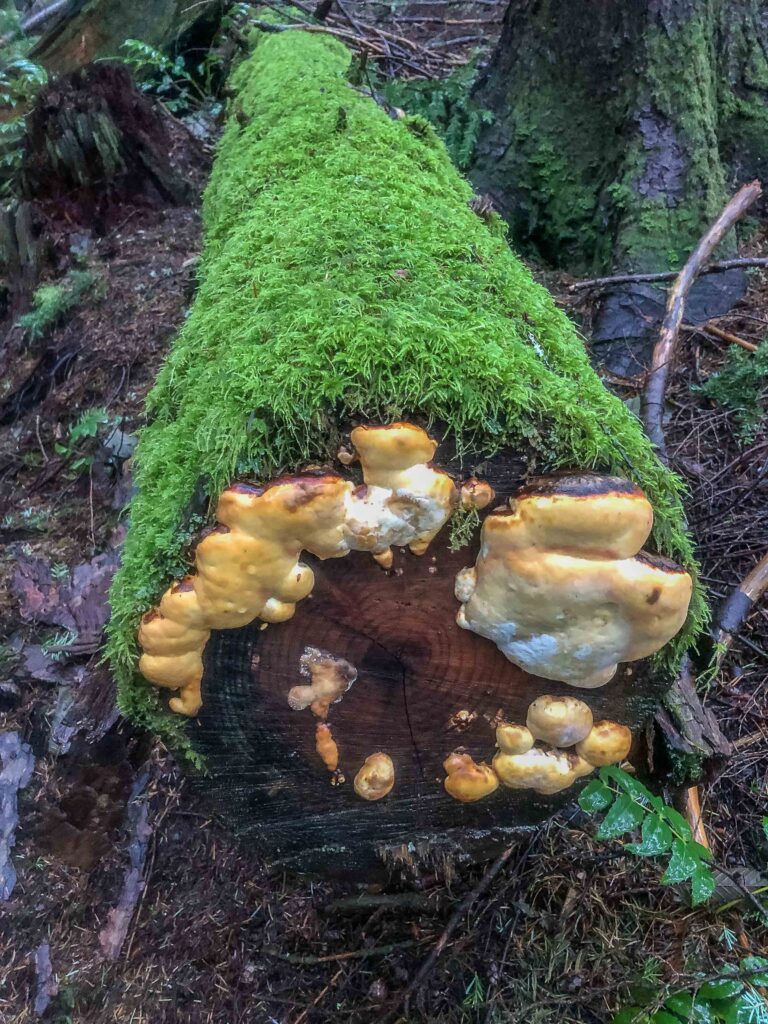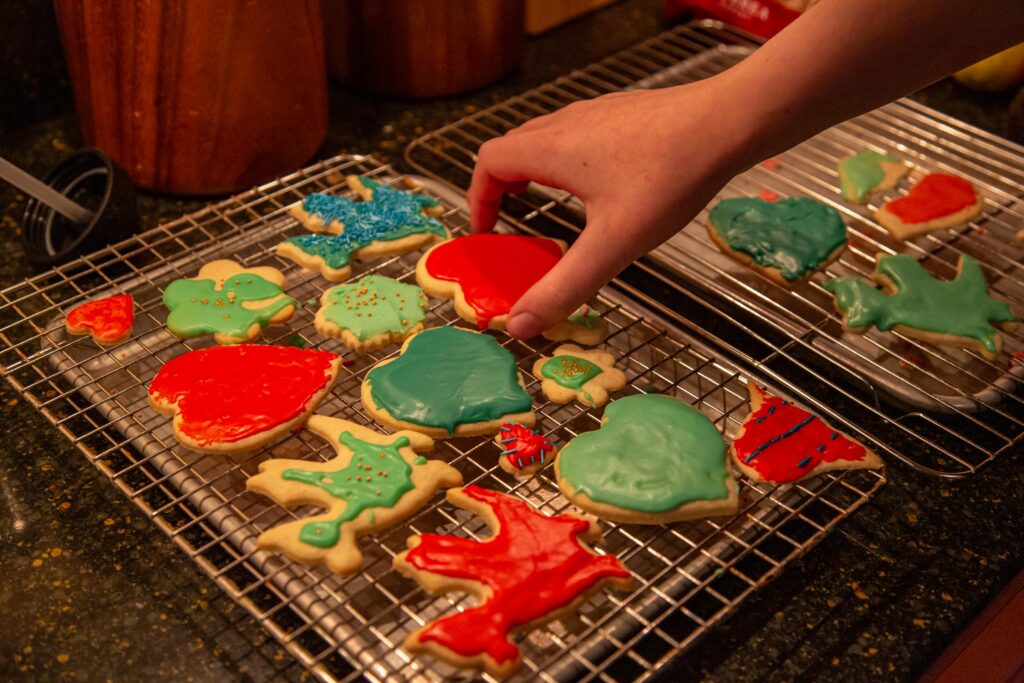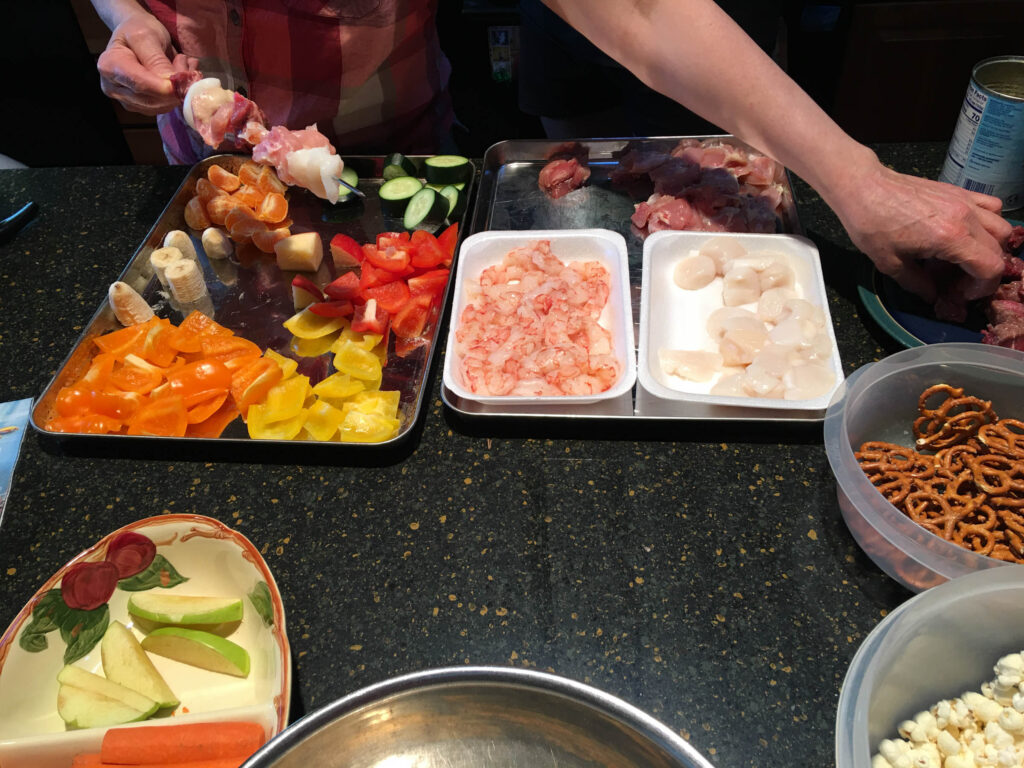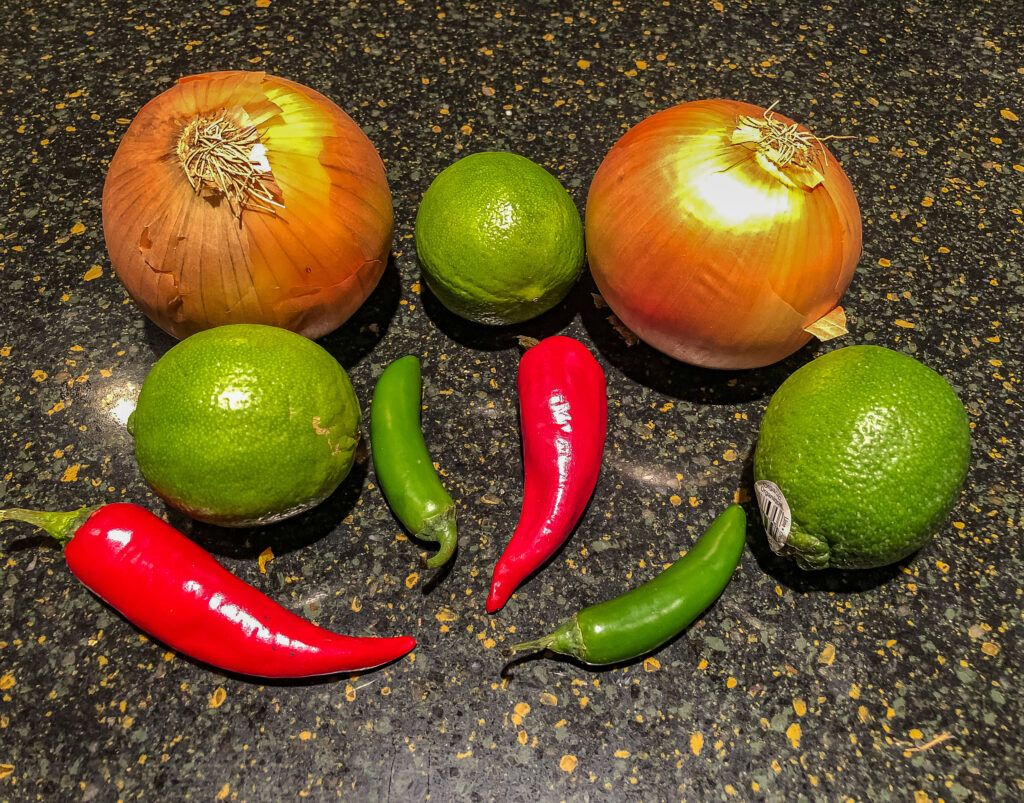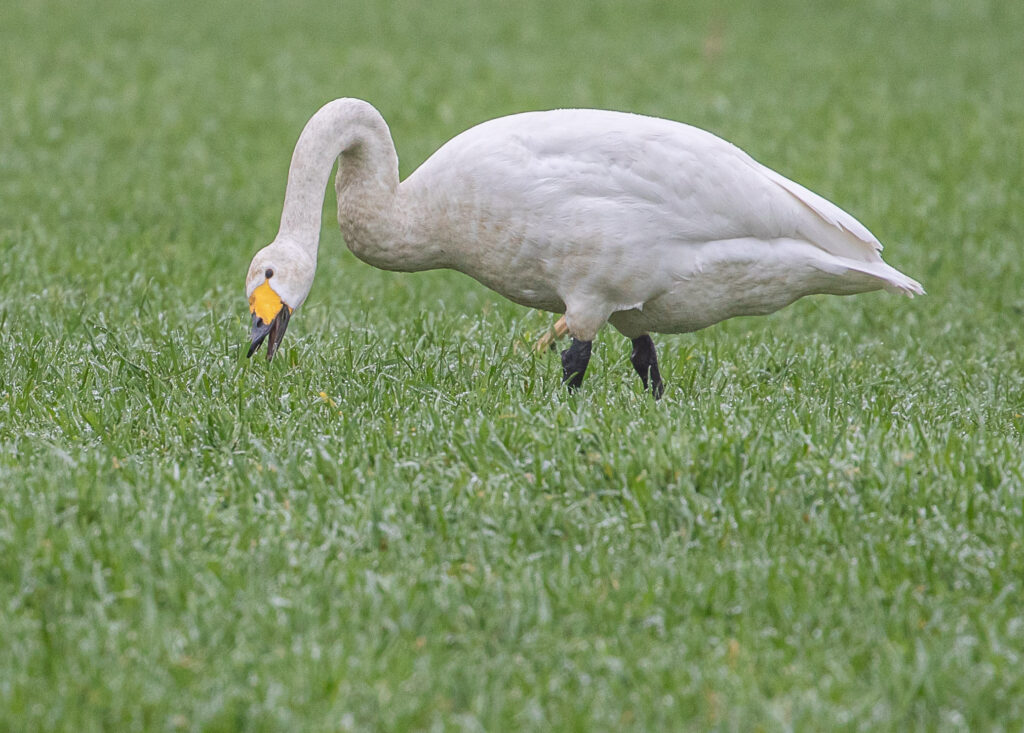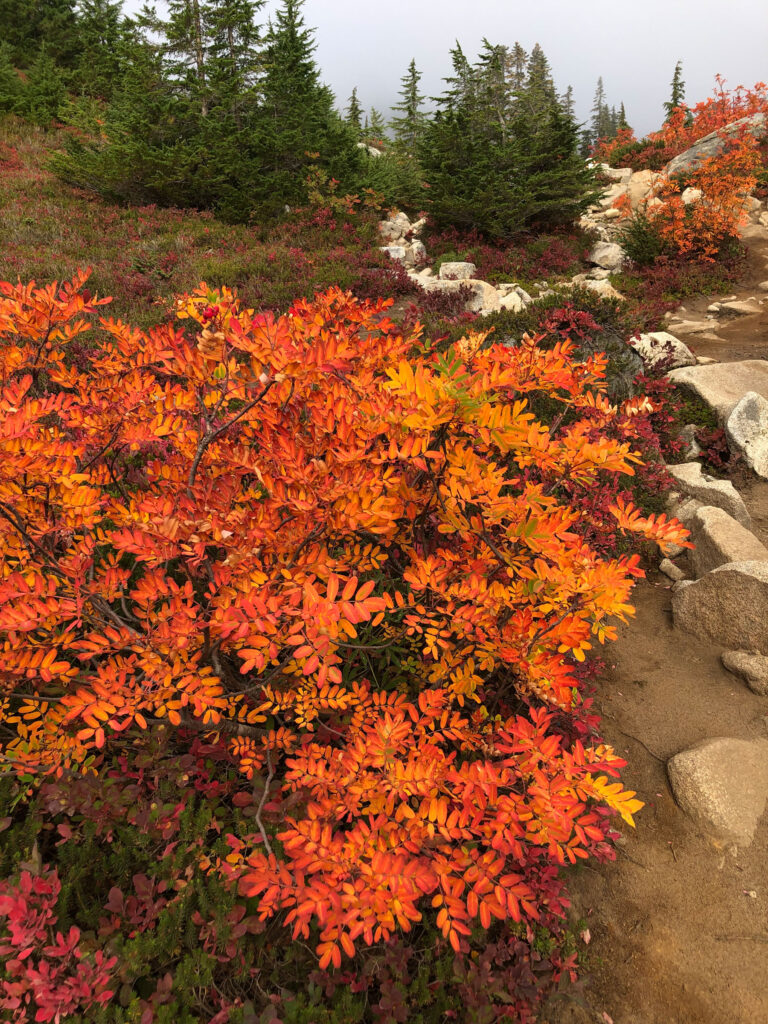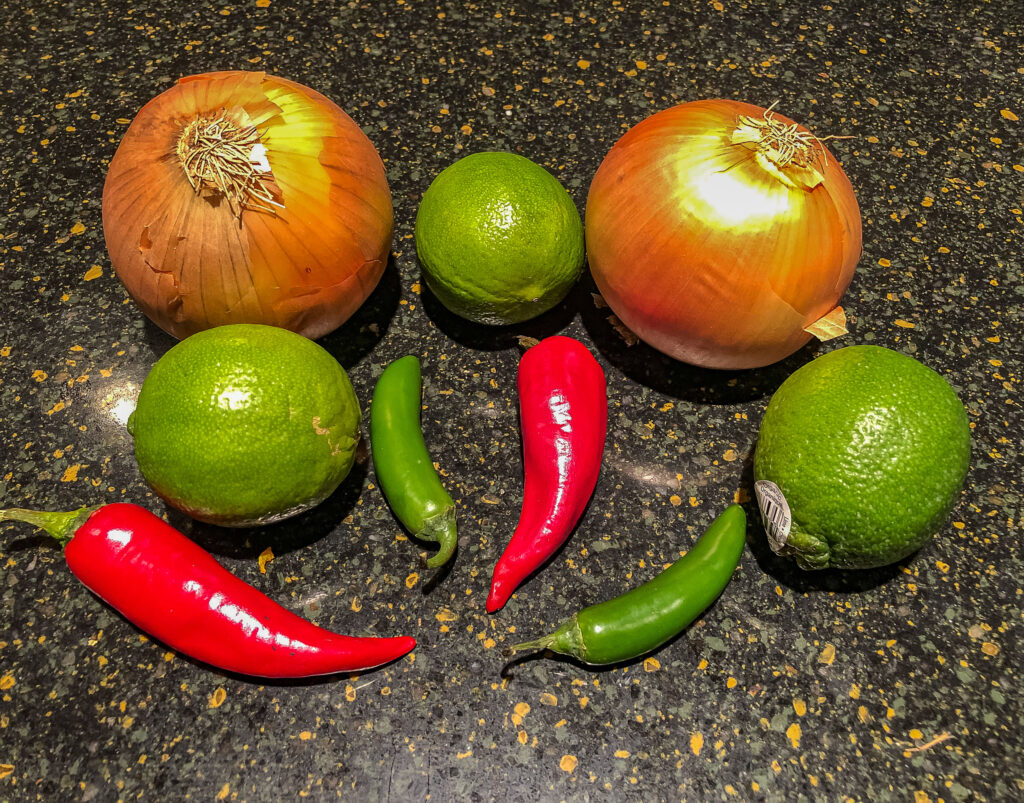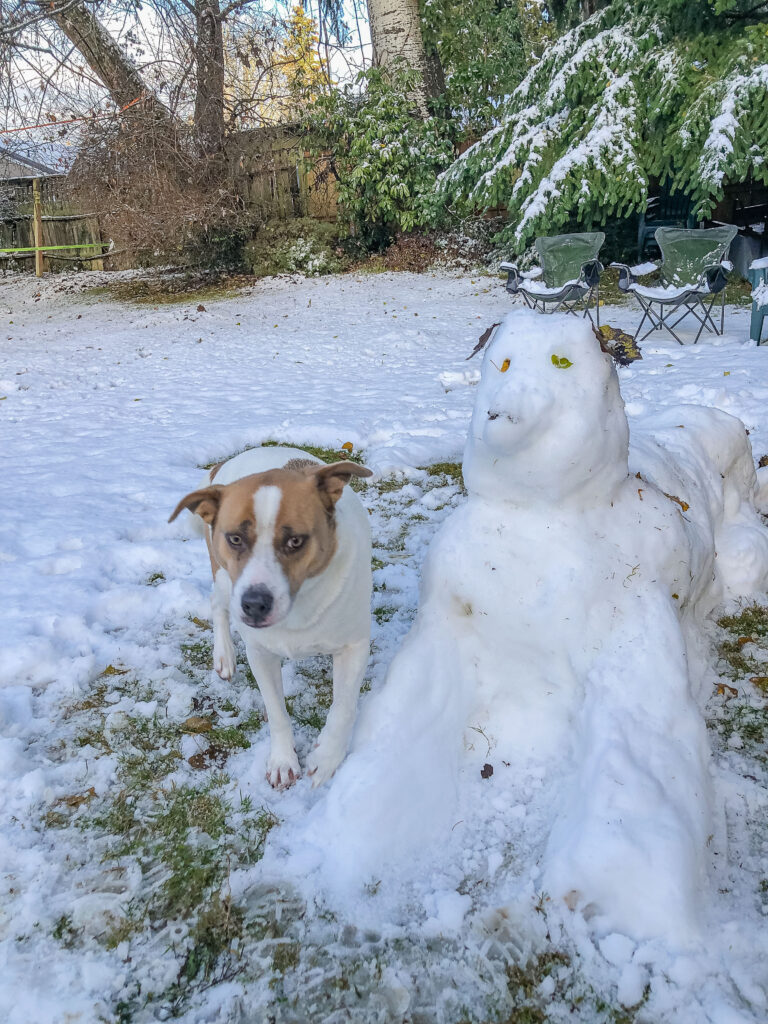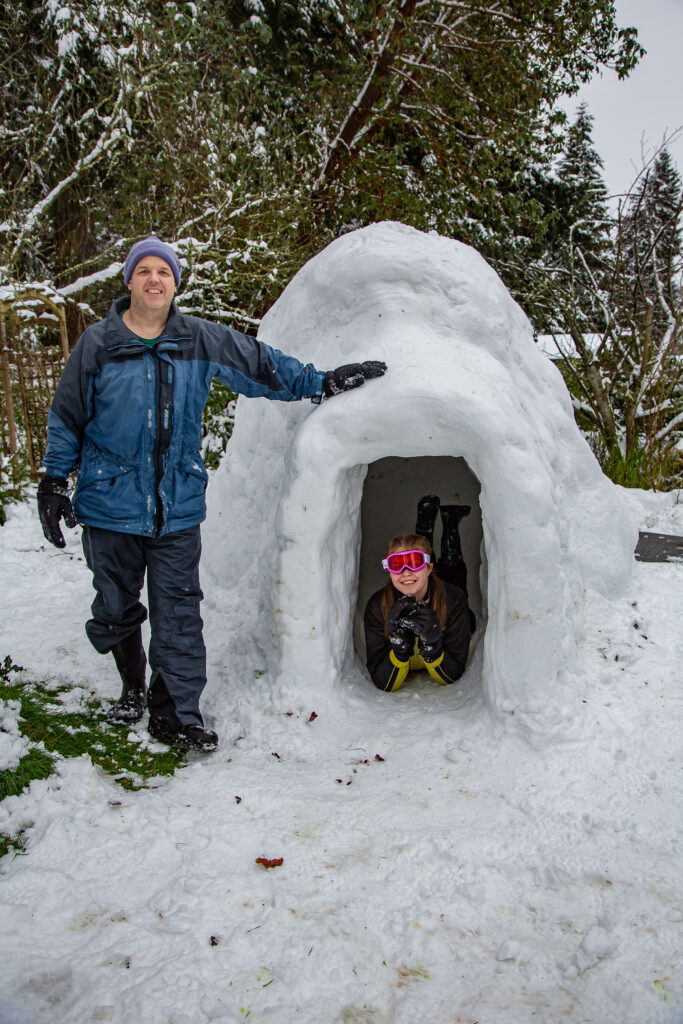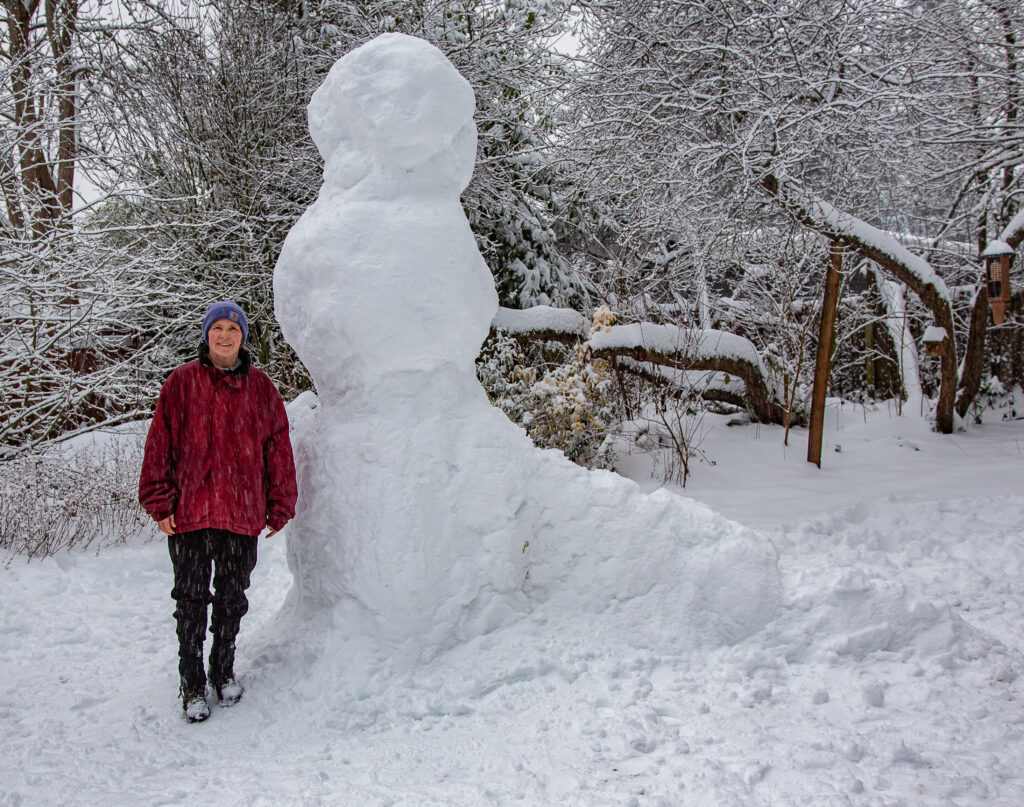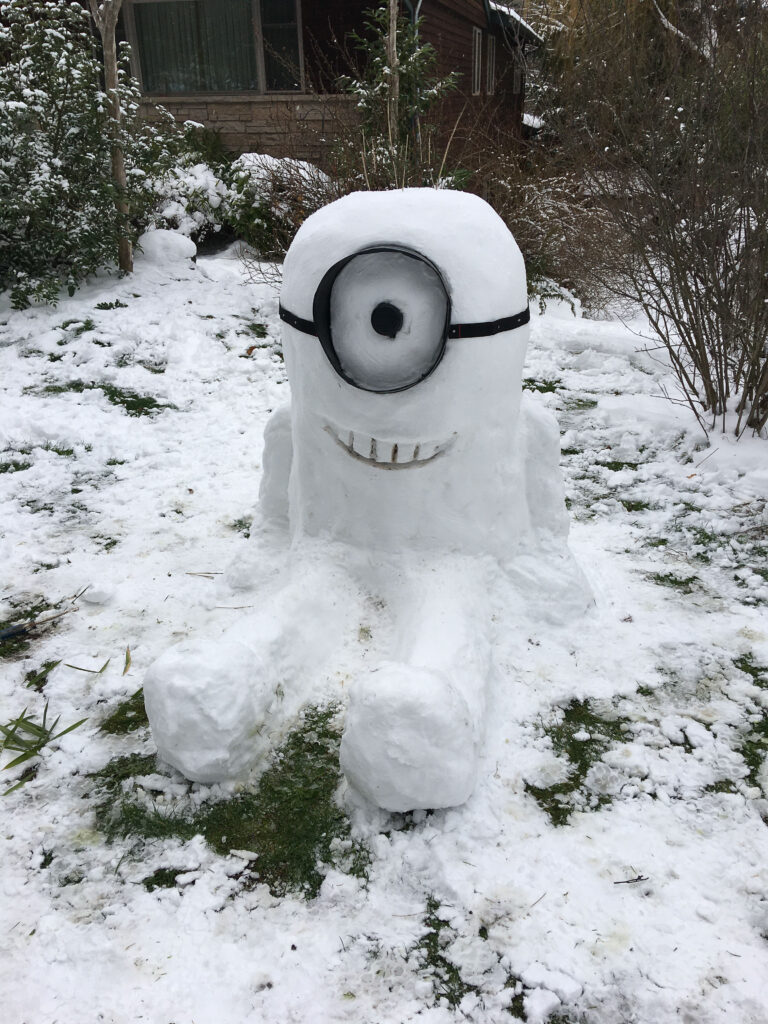In my last post, I mentioned starting a project dubbed “Active Ajax Tuesdays.” The goal is to explore 52 different outdoor venues with Ajax this year. I’ve renamed it to “Active Ajax Adventures.” Triple A is easier to remember. I promised myself I would not focus all of my next 52 posts on my weekly excursions. But I will use my project as a metaphor for getting unstuck and then share any discoveries. This brings me to today’s post on discovering my Big Why.
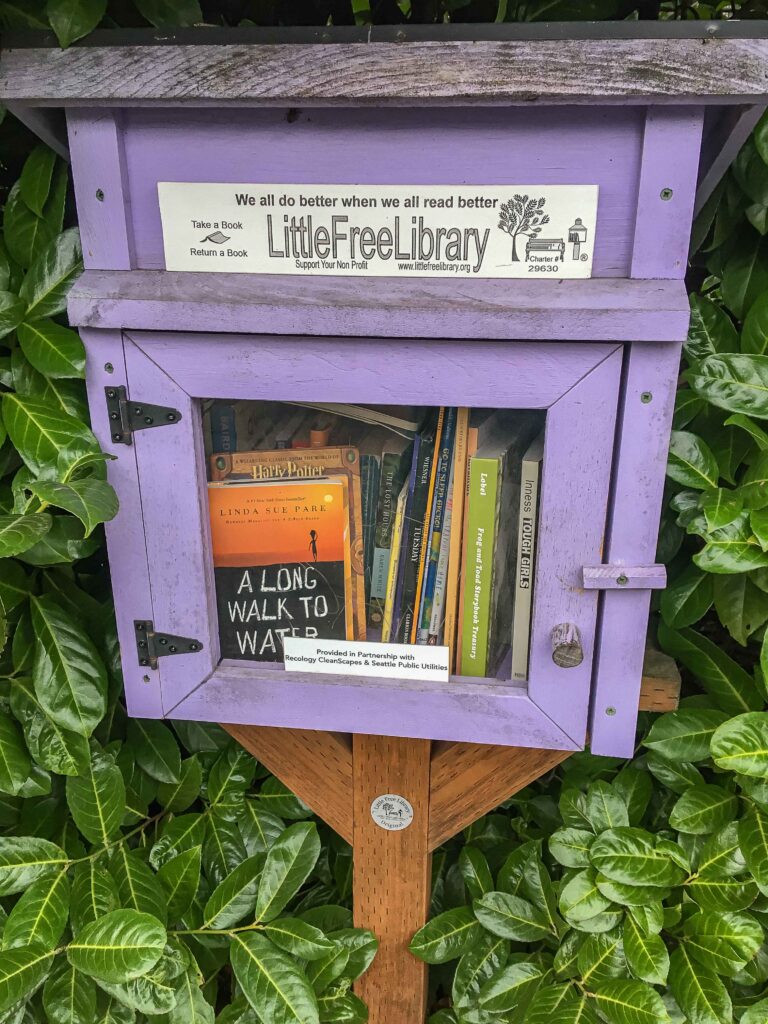
Walks with Ajax
As background, over the past seven years, I figure I’ve walked my dog roughly 8,000 times (he’s 7.5 years old, so 3 times a day, 365 days a year, give-or-take for inclement weather, illness, or travel). If you repeat the same walk, it’s enough to drive anyone bonkers. For variety, we venture to the public library or nearest grocery store. And I’ve explored enough places in our neighborhood to know where all the Little Free Libraries, holiday displays, and active water fountains are. But I’m ready for the change this project will bring.
Seven Library Loop
On a cool, overcast Tuesday morning, Ajax and I headed out for what I call the “Seven Library Loop.” You won’t find it referenced anywhere. It’s a product of my own creation. It takes us past the Lake City Library in north Seattle and meanders past six community Little Free Library boxes. For this walk, we headed farther south than usual, through a neighborhood I rarely visit.

One of the parks we passed is Virgil Flaim Park. It boasts a playground and “skate spot” for skateboard enthusiasts. We meandered south toward Lake City Way and detoured down into the wooded ravine west of the heavily trafficked road so Ajax could get a drink of water.
On our first ramble, the best find that sparked joy was a handmade ladder leaning up against a marvelous big tree. I smiled as I remembered playing games outside as a child. Spud, Capture the Flag, Sardines, Flashlight Tag, tree climbing, and Red Rover were summer evening favorites growing up north of Milwaukee, Wisconsin.

Boeing Creek and Shoreview Parks
Our second ramble took us northwest to Shoreline’s Boeing Creek and Shoreview Parks. We had overcast, drizzly mornings for both urban walks, but that didn’t stop us. Hidden Lake is currently bone-dry except for a creek running through the middle. I vaguely recalled that the last time we visited in late summer, I had seen a community announcement about the lake being dredged in the future.

I had a second surprise. Ajax headed up a steep bank while I chose to traverse the stream bank. All of a sudden my left foot slipped and I landed in the icy January flow. Fortunately, this is not Alaska! As long as I kept moving, I was at no risk of problems other than a squishy shoe. I did, however, pay more attention to my footing for the rest of our trip. For future rambles, I will take note: If Ajax is wary, choose a different route.

Find Your Big Why: Ask Five Why’s
The biggest takeaway was the question: “Why would anyone else care about this?” It doesn’t matter what anyone else thinks about your goal, as long as it ENERGIZES YOU, whatever your reasons may be. You are not setting intentions to please anyone other than yourself. I’ve spent most of my adult life worrying about what other people think. No more. This is a project for me and Ajax alone. But if what I learn can help others, awesome. It does bring up the question, however: “Why THIS project, now?”
Repeat Why Five Times
Enter the Five Why’s. As you reflect on your intentions, ask yourself, five times: WHY am I willing to devote the time, energy, money, and resources to do this thing?
Using the Active Ajax Adventures project as an example, my first answer was that I need some sort of long-term project to look forward to. Right now, my volunteer activities have pretty much disappeared, my daughter has left for college, my company is in transition, and I’m between big writing projects, lacking climbing partners, and facing mid-life. Seems like a great time to jump-start things.

Why does having a long-term project matter? Through it, I hope to discover some new things about myself, have creative adventures with my dog, enjoy nature, and explore my community.
Why do those things matter? Because they are part of my values. I feel alive and energized when I’m learning new things and connecting with nature.
Why is it important to feel energized? Because the alternative is numbing out or missing out.
My Big Why
And finally, I asked myself: why is it important not to miss out? The past is behind me and I cannot control the future, but I can take charge of what I do today. If I squander now, I’m wasting my one and only precious life. So, ultimately, this project is my way to explore mindfulness, learn to be more fully present, and experience joy in tiny moments.
Having recognized that the AAA project not only fits with my long-term values and provides me with a teachable tool for the year, I am even more committed to following through than when I dreamed up the idea less than a week ago. You can use the tool to get leverage on yourself in whatever project or goal you are currently undertaking.

As always, I welcome your questions, insights, or comments. Feel free to share the results of your exploring the Five Whys so we can all learn and grow.




